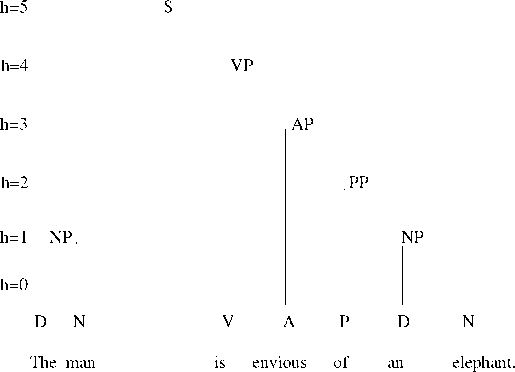
Figure 11: The Distance Between Verbs and Adjectives.
Constructing other examples gives the ultrametric distance matrix
U=
|
• |
D |
N |
V |
A |
P |
|
D |
0 |
1 |
2 |
2 |
2 |
|
N |
. |
0 |
2 |
2 |
2 |
|
V |
. |
. |
0 |
4 |
3 |
|
A |
. |
. |
. |
0 |
3 |
|
P |
. |
. |
. |
. |
0 |
(16)
Ignoring the determiner D (‘a’ or ‘the’) and ordering the matrix NPVA (noun,
pronoun, verb, adjective) suggests the pattern
0i i i
. 0 i+1 i+1
(17)
. . 0 i+2
.. . 0
which is compatible with the X matrix of the last section; however it does not
follow by necessity as the X case holds for a single sentence and U is constructed
from the syntactical representations of several sentences.
4 Features
4.1 No square matrix representation of features
This section investigates whether there is a general framework which can de-
scribe both the preceding and also “features”. Roughly speaking the idea behind
12
More intriguing information
1. Imperfect competition and congestion in the City2. Sectoral specialisation in the EU a macroeconomic perspective
3. EXPANDING HIGHER EDUCATION IN THE U.K: FROM ‘SYSTEM SLOWDOWN’ TO ‘SYSTEM ACCELERATION’
4. The name is absent
5. Optimal Private and Public Harvesting under Spatial and Temporal Interdependence
6. Empirically Analyzing the Impacts of U.S. Export Credit Programs on U.S. Agricultural Export Competitiveness
7. A Critical Examination of the Beliefs about Learning a Foreign Language at Primary School
8. Opciones de política económica en el Perú 2011-2015
9. Effort and Performance in Public-Policy Contests
10. CONSUMER PERCEPTION ON ALTERNATIVE POULTRY